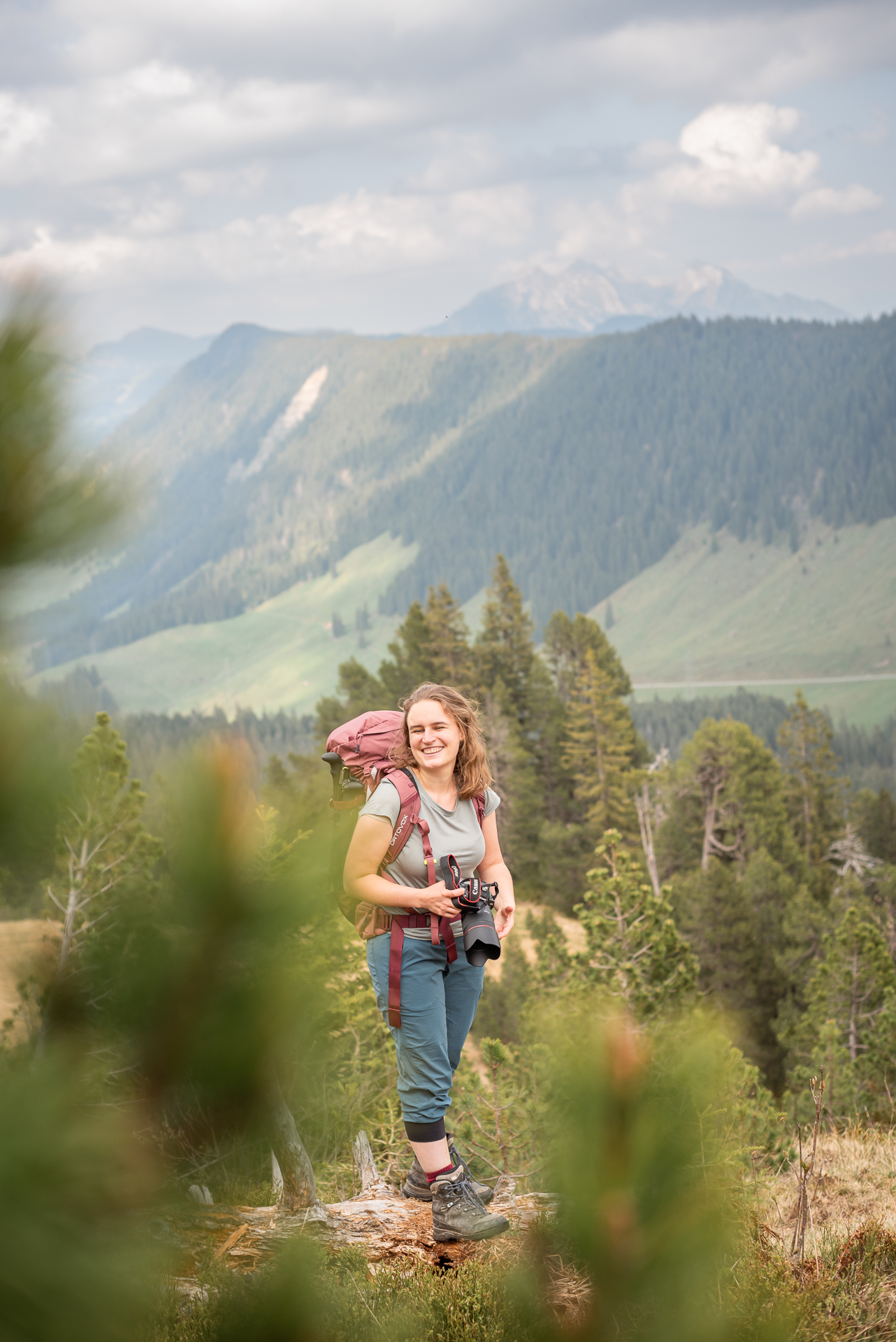And what you can do if you have already booked your flight to visit the Swiss Alps in Spring.
🌸 Flowers – 🌤️ agreable temperatures – 👉🏼 no crowds: That is probably what you are thinking are the benefits of visiting Switzerland in Spring. Am I right? This is absolutely true for the lower parts of Switzerland – but not for hiking and the higher elevations.
April is considered one of the worst months for hiking in Switzerland because it’s an in-between season—neither full winter nor proper summer. This is not a problem if you are just visiting cities, the lower parts of the Alps or the post popular tourist mountains like Jungfraujoch or Titlis. But if you are into hiking in not so crowded areas and/or are considering getting your photos taken while you are here, let me help you out.
‼️ Often my clients don’t realise that many of the stunning mountain locations they see online are not accessible in April. So to spare you the frustration of finding out too late, I have put together a list of reasons why April is not ideal for hiking. At the end of this Article, you will find my recommended months and what to do in April if it is too late to change plans.
The Nr. 1 Reason: Lots of beautiful mountains, view points and photo locations are just not accessible in spring if you are not an experienced and strong hiker.
Gondolas are closed for maintenance, roads are not open and many alpine huts are closed as well.
Why is that?
🏔️❄️ – On higher elevation (above 1500m) snow aka winter lasts a lot longer than you might expect. True, it is spring and pretty warm down in the valleys in April. But spring does not arrive in the mountains until End of May or even Mid June.
And secondly, most cable cars and gondolas are closed for maintenance in April so you would have to hike a lot more to get to certain places. Or you would have to be able to skitour or snowshoe hike. Also, many alpine roads and mountain passes are also not accessible as there is no winter service meaning the roads are not being cleared of snow.
🚡 Gondolas that are closed (among others):
- The gondola to Lake Oeschinensee.
- The gondola to Mt. Niederhorn (View point over Lake Brienz and Lake Thun)
- Some of the gondolas up to my favourite photo spots on Mt. Rigi near Lucerne (the main Cogwheel train is open all year tough)
- Most of the smaller lesser known gondolas to beautiful non touristy spots.
🚖 Mountain Passes that are closed until June (among others):
- Grimselpass, Furkapass and Sustenpass Bernese Oberland
- Klausenpass between Uri and Glarus
⛺️ Most Mountain Huts are closed
Many mountain huts, alpine hotels and gondolas operate only in peak winter (for skiing) and summer (for hiking and tourism). April falls between these seasons, meaning many accommodations and transport options are closed for maintenance or are simply not in service. 👉🏼 If you are considering the 2 day adventure package the best time is between June and October, when lots of accommodations are available.
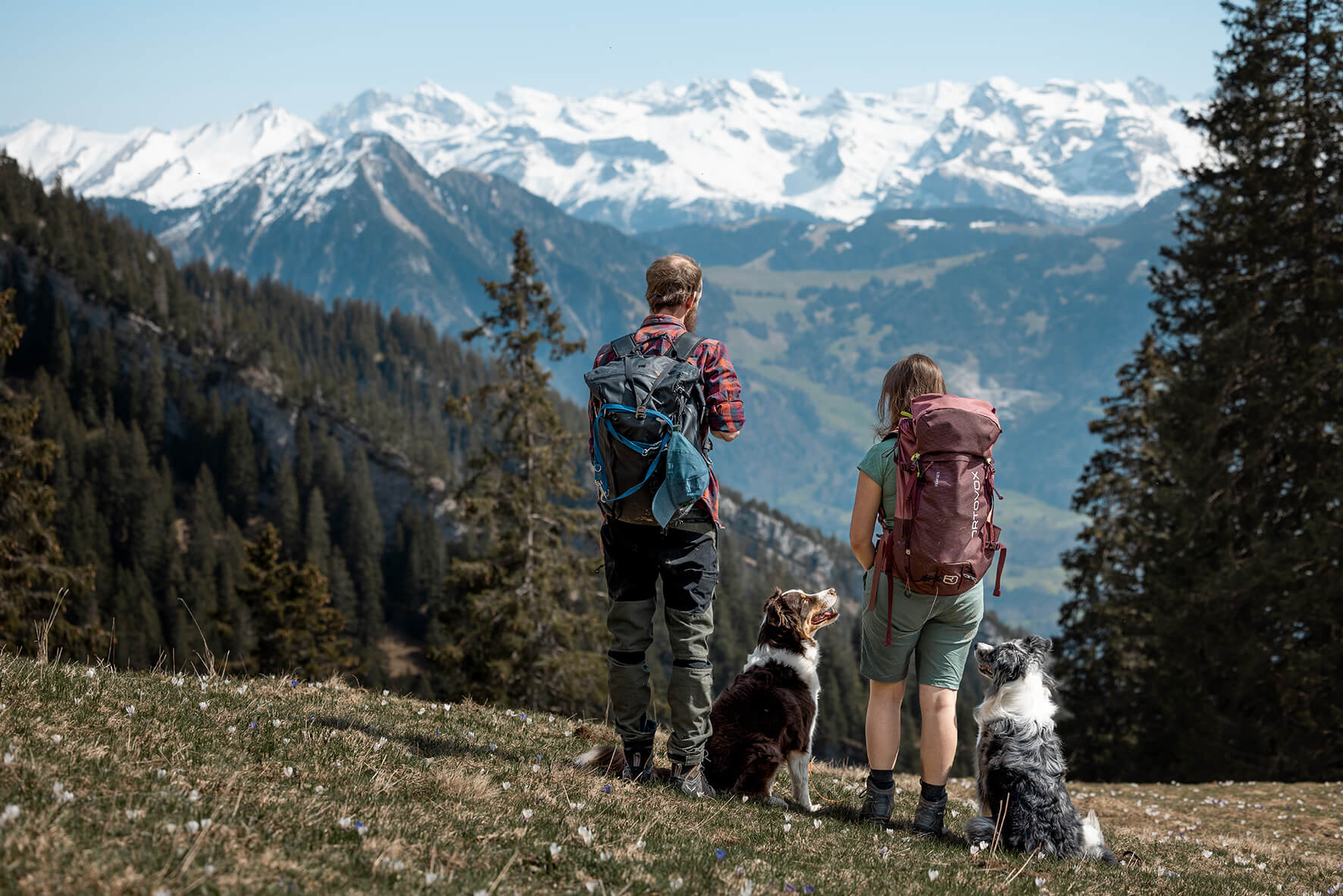
The 2nd Reason: Its not pretty. You can’t even see the beautiful alpine lakes, because they are still under snow.
Thinking about famous lakes like Stellisee or Riffelsee in Zermatt where the Matterhorn mirrors in the lake, Lake Bachalpsee in Grindelwald and many other smaller lakes- well you can go to these places but you will not see the lakes. In Zermatt it can even take until End of June to be snow free!
This only applies to lakes on higher elevation. Lake Thun, Lake Brienz and many others down in the Vally do not freeze over in winter. Lake Oeschinen might be already free from snow in April but the gondola does not go up due to maintenance.
So if your dog loves to play and swim in water, this might be something to consider as well.
Mud and melting Snow do not look great in photos either
At lower elevations, where the snow has started to melt, trails become extremely muddy and slippery. This makes for unpleasant hiking conditions and increases the risk of slipping and injury. The transition from winter to spring results in lots of wet, soggy terrain, and certain forested paths can feel more like obstacle courses with fallen branches and soft ground.
And to be honest, the soggy snow just does not look pretty. If you are keen on getting snow images consider visiting Switzerland between December and March for beautiful snowscapes.
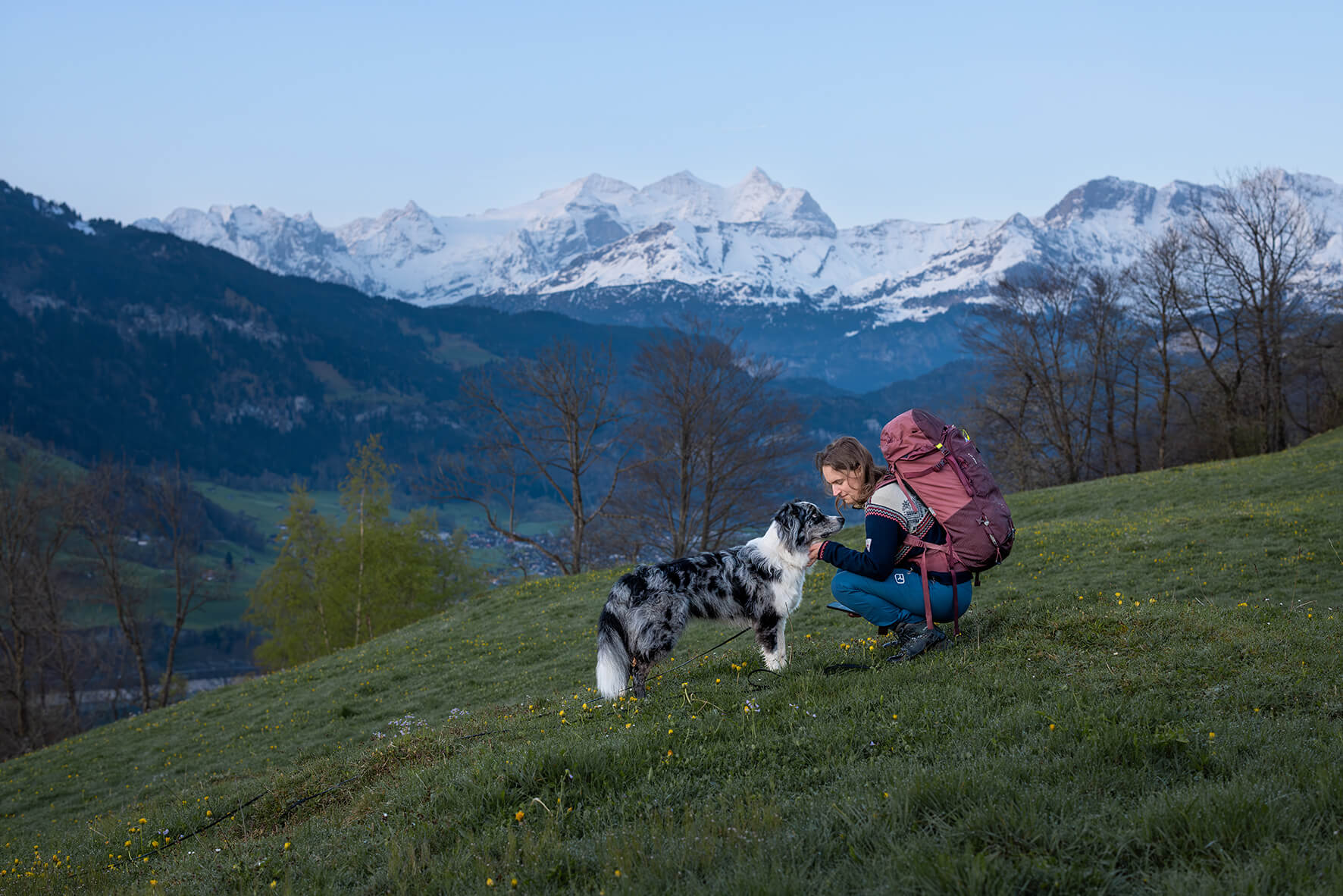
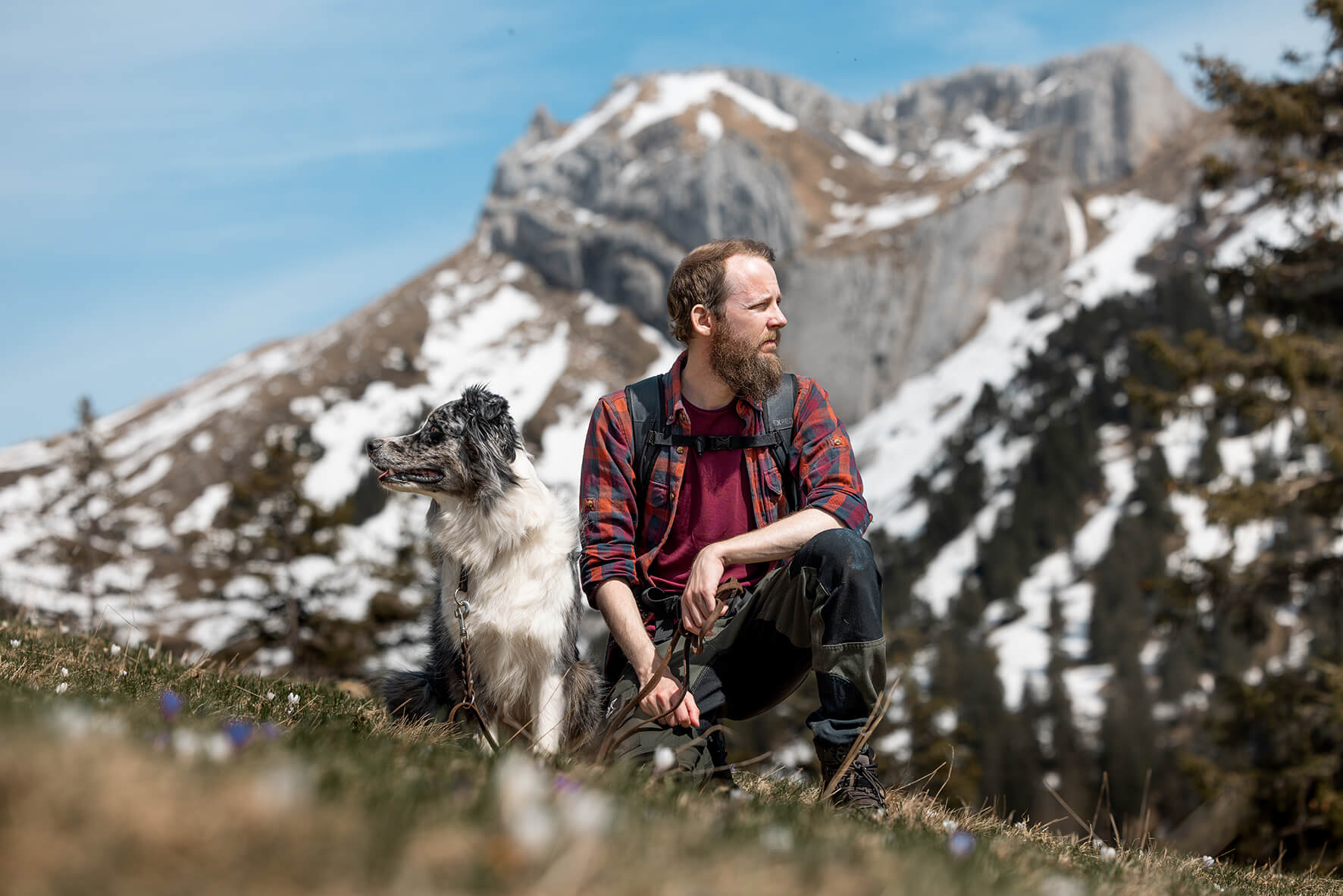
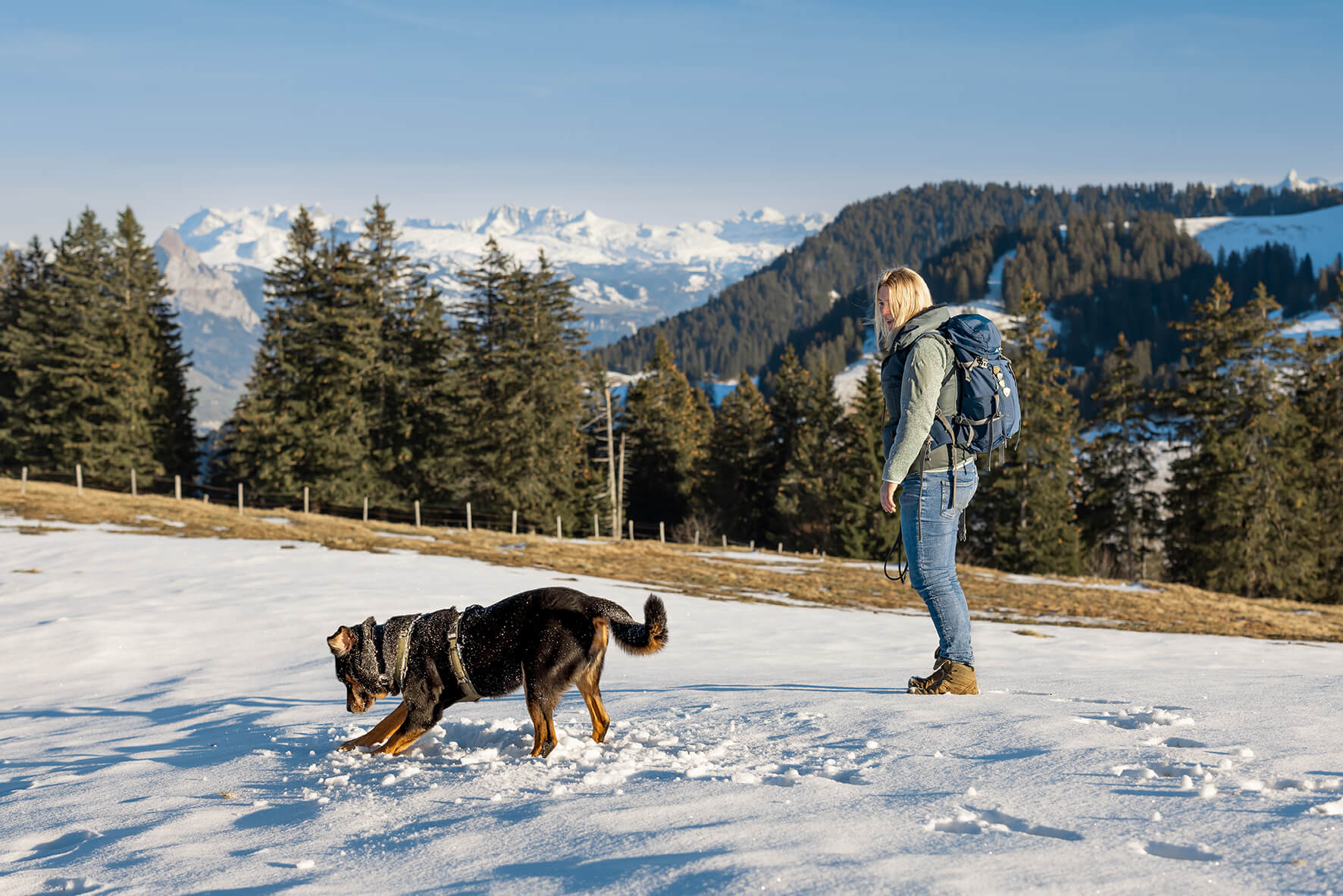
The 3rd Reason: The weather is unpredictable in April and trails can be dangerous because of melting snow.
🌦️ April in Switzerland is known for its rapidly changing weather conditions.
One moment it could be sunny and mild, and the next, a snowstorm or heavy rain can roll in. This unpredictability makes it challenging to plan hikes and photo sessions, as you might start in good conditions but find yourself caught in unexpected cold, wind, or precipitation. Additionally, temperatures vary greatly depending on altitude, making it hard to dress appropriately. If you visit Switzerland in April, always think about bringing layers of clothing. Down in the valley it might already have 20+°Celsius but up on the mountain it’s still winter and around or even below freezing point.
Snow-Covered Trails make hiking more strenuous
⛷️ Even though spring is underway, many hiking trails in the mountains remain covered in snow, especially those above 1,500–2,000 meters. This makes hiking treacherous, as paths can be obscured, and ice can form on shaded sections. Without the proper winter hiking gear (such as snowshoes), navigating these trails can be dangerous and exhausting.
High Avalanche Risk in April
❄️ As temperatures rise in spring, snow in the mountains begins to melt and shift, increasing the risk of avalanches. This is particularly dangerous on steep slopes and in regions with heavy snowfall from winter. Even if a trail looks safe, hidden risks like cornices (overhanging snow) or loose snowpacks can create hazardous conditions. Avalanche warnings are common in April, making it a risky time to explore the Swiss Alps.
‼️ Just to be clear: I would never suggest any hike or location for our photo session that is dangerous. But if you want to head out for yourselves, you must consider this risk. If you have no experience with avalanche risk mitigation, please stay on the official winter hiking trails. If you are not sure whether a trail is open, contact the local tourist office for more information.
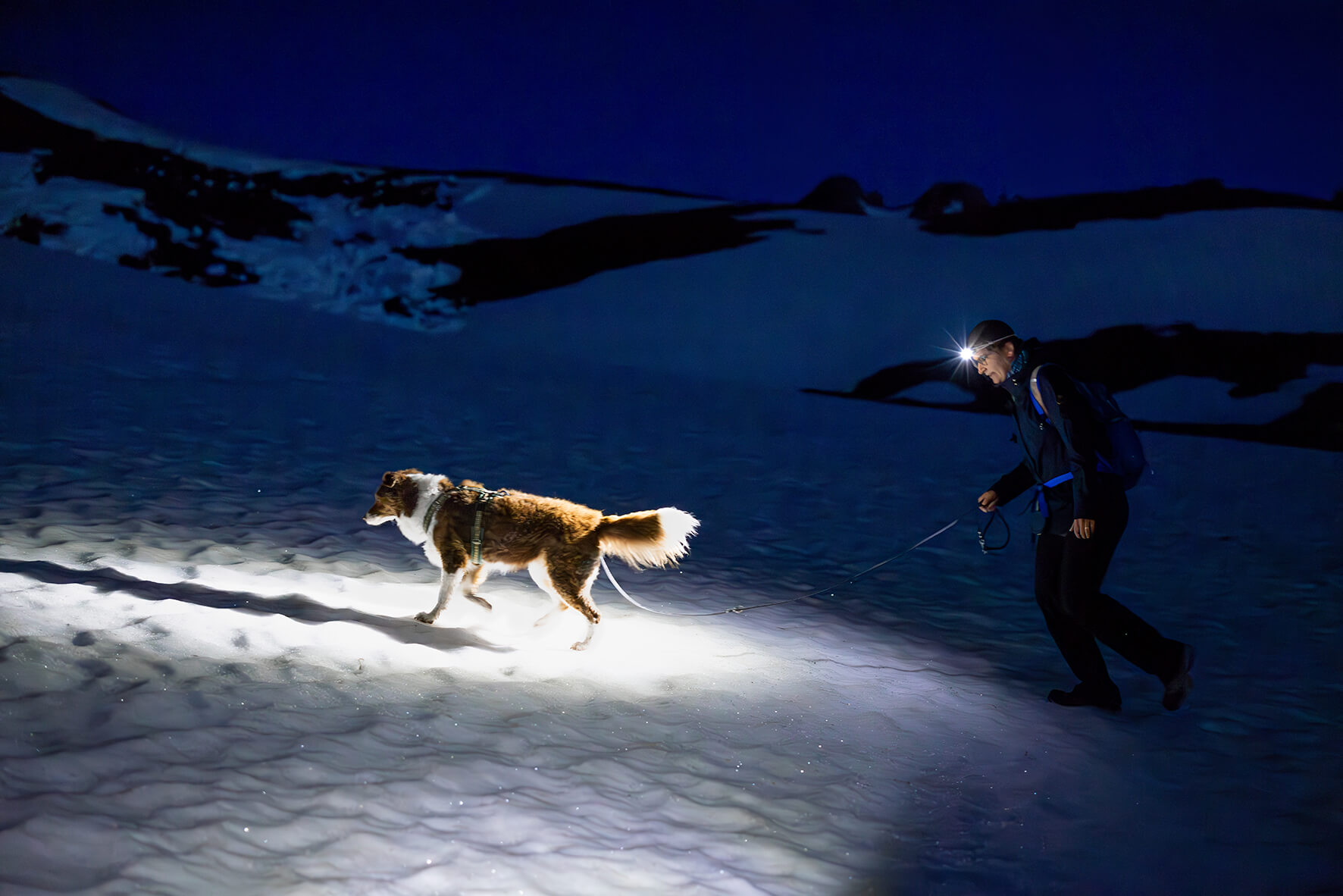
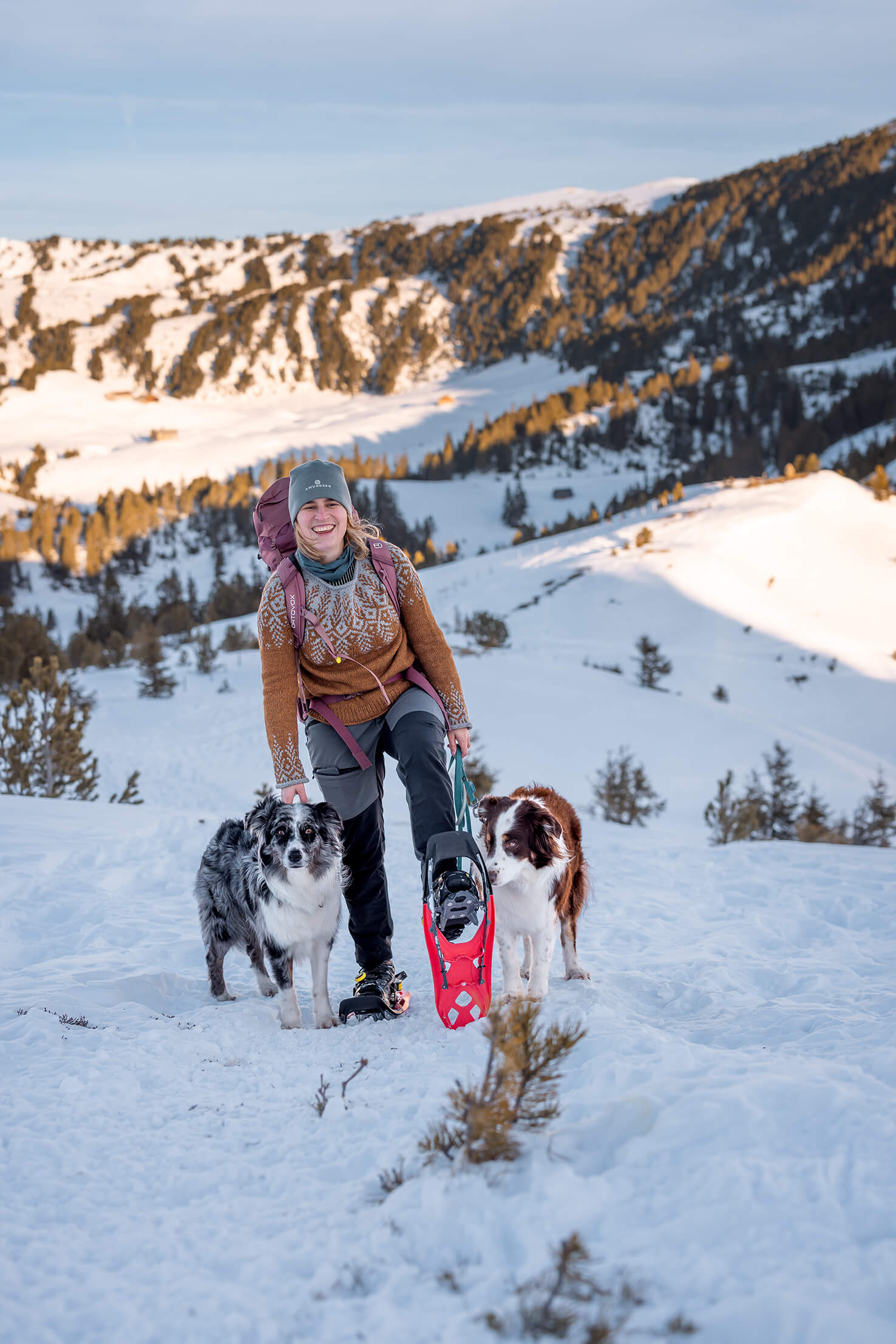
Good hiking options for April in the Bernese Oberland and Lucerne Area of Switzerland
So now that I have told you all the downsides of April, let’s hear what you can do, if you have already booked your visit during this time. These are some hiking recommendations for beginners:
Bernese Oberland (lower elevations)
- ✅ Lake Thun Panorama Trail – A beautiful route with views over Lake Thun and the surrounding mountains. Hike over the suspension bridge at Sigriswil or Leissigen.
- ✅ Gantrisch Nature Park – Lovely spring hikes through forests and meadows at lower altitudes.
Central Switzerland
- ✅ Rigi Panorama Trail – The lower trails are usually snow-free, offering great views over Lake Lucerne. Take the cogwheel from Vitznau to Rigi Kaltbad. Hike from there.
- ✅ Bürgenstock Cliff Walk – An easy hike with spectacular views over Lake Lucerne.
Or you can always book your session with me, and I will guide you to non touristy amazing spots for your photos.
When is a better time to hike in Switzerland?
🌸 Late May to early June
Lower-altitude hikes become more accessible as the snow melts, and wildflowers start blooming. It is not as crowded as during tourist peak season in July and August and not as hot down in the valleys.
☀️ July and August
This is the best time for high-altitude hikes, with stable weather and open huts and gondolas. While it is hot down in the valleys, on higher altitudes (above 2000m) it is generally much cooler. If you start your hike early in the morning the temperatures are just right for your dog.
All mountain roads are open and a great start for many hikes with spectacular views.
🍁 September to mid October
Cooler temperatures, fewer tourists, and stunning autumn colors make this a great time for hiking. It is my personal favourite season both for hiking and stunning photos.
So all of these reasons make me reccomend you to travel to Switzerland from December to March or June to October. Let me sum up:
April is one of the worst months for hiking in Switzerland, as many mountain trails, gondolas, and alpine huts are closed due to lingering snow and seasonal maintenance. High-altitude lakes, like Bachalpsee and Stellisee, are still frozen, and many mountain passes remain inaccessible.
If you’ve already booked your trip, consider hiking in lower regions like the Thunersee Panorama Trail or the Rigi Panorama Trail, where conditions are better. For the best hiking experience, plan your visit between late May and October when trails are fully accessible, and the landscape is at its most beautiful.
See you soon? Your local Swiss Dogphotographer – Sarah
